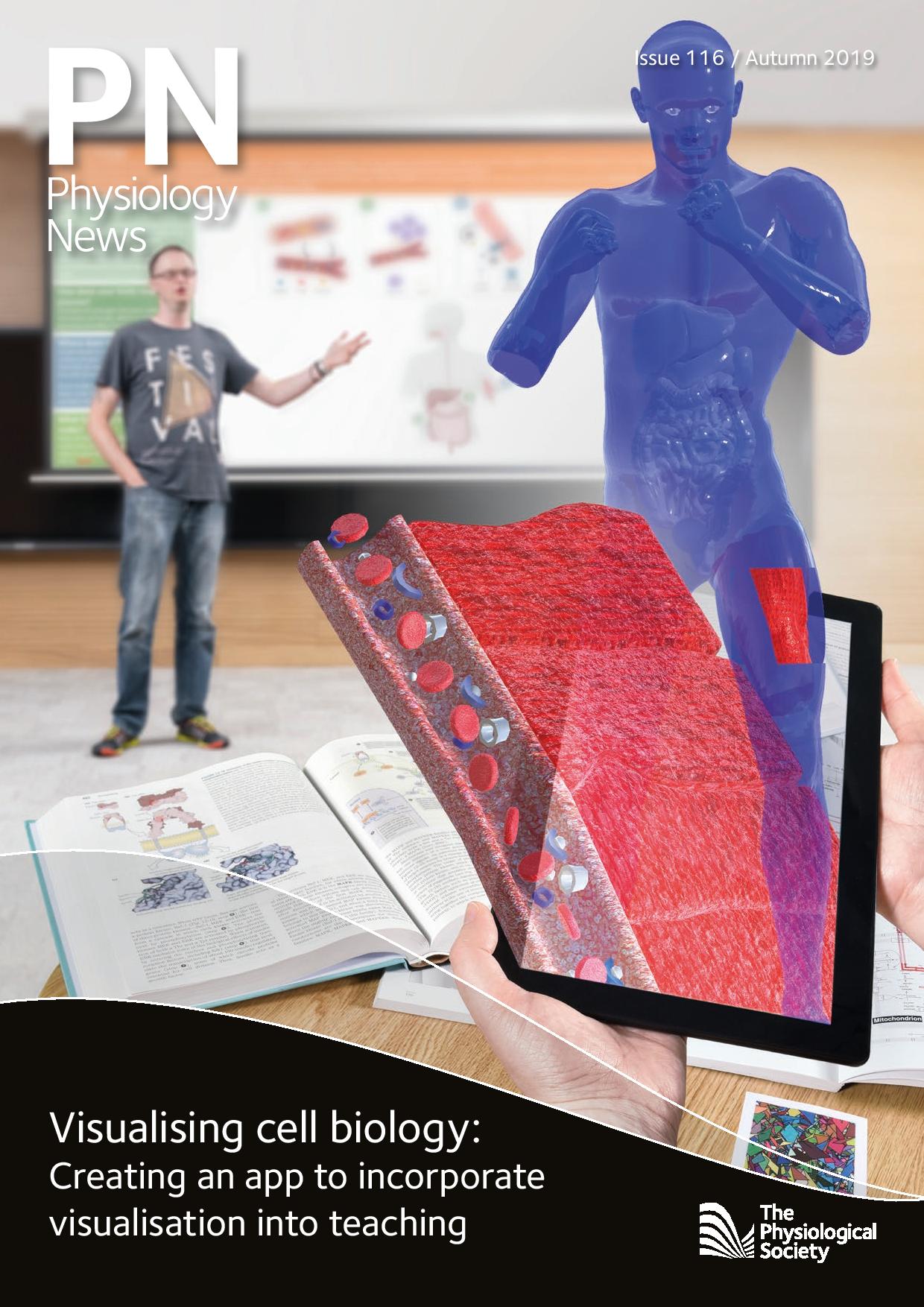
Physiology News Magazine
Making colour blindness more visible
Letters to the Editor
Making colour blindness more visible
Letters to the Editor
Nick Birch, Emeritus Professor of Biomedical Science, Academic Consultancy Services Ltd.
https://doi.org/10.36866/pn.116.10
I was delighted to see Christopher Torrens’ article in Physiology News (issue 115) which was both scientifically informative and also touched on the problems which affect those of us who are part of the 8% of the male population who have colour blindness or deficiency.
I am in my seventies and long retired from university but I have to say that my colour-blindness affected my career because it steered me away from areas which were colour-sensitive. My reduced colour vision only became evident when in the Sea Scouts I was unable to recognise the colours of some flags. At A-level in the early ‘60s it was not really recognised in school and so I had no assistance in my examinations. However, by the time I reached my degree finals I had been able to obtain a certificate based on an Ishihara test to say that I was colour deficient and this resulted in having examiner behind me during chemistry practical titrations saying “one more drop, one more drop”. Unfortunately, there is no way in which an examiner can help in histology practicals when you are told to: “counter stain to a rose colour”. As a consequence I have steered clear of microscopes ever since.
I am glad that he has highlighted the most irritating question which one can ask someone with colour anomalies. Even after 30 years of marriage my wife still asks me about colours of flowers in the garden and what I see. In fact my colour discrimination for some of the reds is very precise because I am lacking the longer end of the spectrum. I see some reds as black and indeed there was a particular colour of Austin A40, probably in the 1970s, which I had always believed was black and I was quite shocked when someone described it as red. I still have, however, problems with car park ticket machines which say: ”press the green button” to receive the ticket when there are three faded buttons of, to me, indistinguishable colour.
The issue with which I have most difficulty these days is graph charts presented in the media to indicate changes in time, for example, unemployment or the price of oil, when various different colours are used for different features and many of these are indistinguishable as far as I am concerned. In the mid-1990s I was so frustrated by the quality of slides which were appearing at scientific conferences (for example, a numerical table of the analysis of 23 amino acids in six individual subjects) that I developed what I called “The Rule of Sixes” 1, 2, 3. This was designed to define the minimum screen size, limit the number of items on a slide and to define the size and thickness of typefaces employed. I also included as one of the six rules the idea that, with some poetic licence, 6% of the audience were likely to be colour deficient and therefore to make sure that slides predominated in the yellow-blue axis where there were likely to be fewer problems. This work was rapidly overtaken because of the change from photographic slides to computer projections which followed soon after. The principles in relation to content and clarity, however, still apply.
Many thanks to Christopher Torrens for highlighting this problem. I think it is important to keep on banging the drum for the one in 12 men who are not greatly visible but whose presence needs to be more widely recognised. I am glad to see that scientific journals are beginning to recognise the issues which he highlighted and I hope that others will follow.
References
- Birch NJ (1994). The very last minute slide. Lancet 343, 1434.
- Birch NJ (1995). The art of perfect presentation. New Scientist, 145(1965), 48–49.
- Birch NJ (1996). Communicating biology: the rule of sixes. Biologist 43(4), 151–153.
